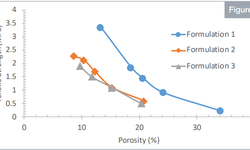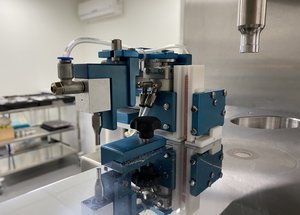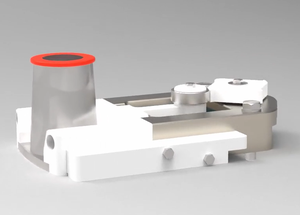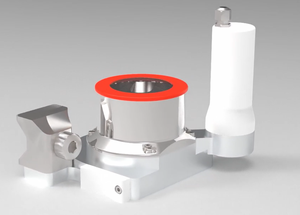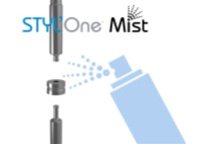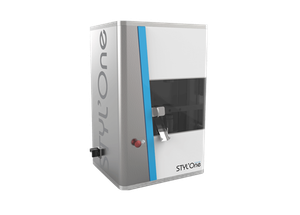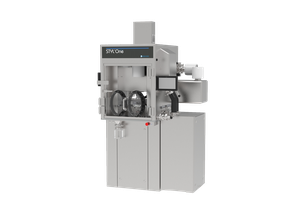Advances in taste-masking strategies for pediatric brain-related disease treatments
The article titled "Advances in Taste-Masking Strategies for Pediatric Brain-Related Disease Treatments: Focus on Polymeric Coatings in Orally Disintegrating Tablets" explores the critical role of taste-masking in pediatric pharmacotherapy, particularly for neurological and psychiatric medications. Unpleasant drug tastes can significantly hinder treatment adherence in children, making effective taste-masking strategies essential.
- Polymeric Coatings in ODTs: The article emphasizes the use of polymeric coatings in orally disintegrating tablets (ODTs) as a primary method for taste-masking. These coatings act as protective barriers, preventing the drug's bitter taste from interacting with taste receptors in the mouth.
- Formulation Techniques: Various techniques such as microencapsulation, spray drying, and nanotechnology are discussed as methods to enhance taste-masking effectiveness. These approaches aim to improve patient compliance by reducing the sensory impact of bitter-tasting drugs.
- Excipients Utilized: The article lists several excipients used in formulations, including PEARLITOL® Flash, Lactose M80, AVICEL PH-102, EUDRAGIT® RS 100, HPMC K15 M, PEG 4000, Crospovidone XL 10, L-HPC, Magnesium stearate, PVPK 30, and Mannitol. These components contribute to the overall effectiveness of taste-masking strategies.
- Challenges and Future Directions: The article addresses challenges such as formulation stability, potential alterations in drug release profiles, and regulatory considerations. It also suggests future directions, including advancements in nanotechnology and patient-centric formulation strategies, to further enhance patient adherence and optimize therapeutic outcomes in pediatric care.
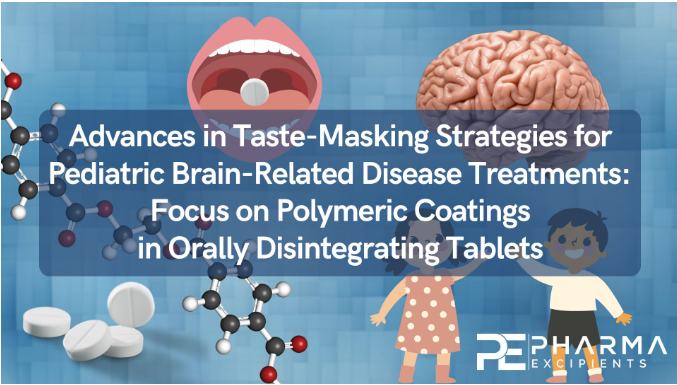
Comments
No comments posted yet.



